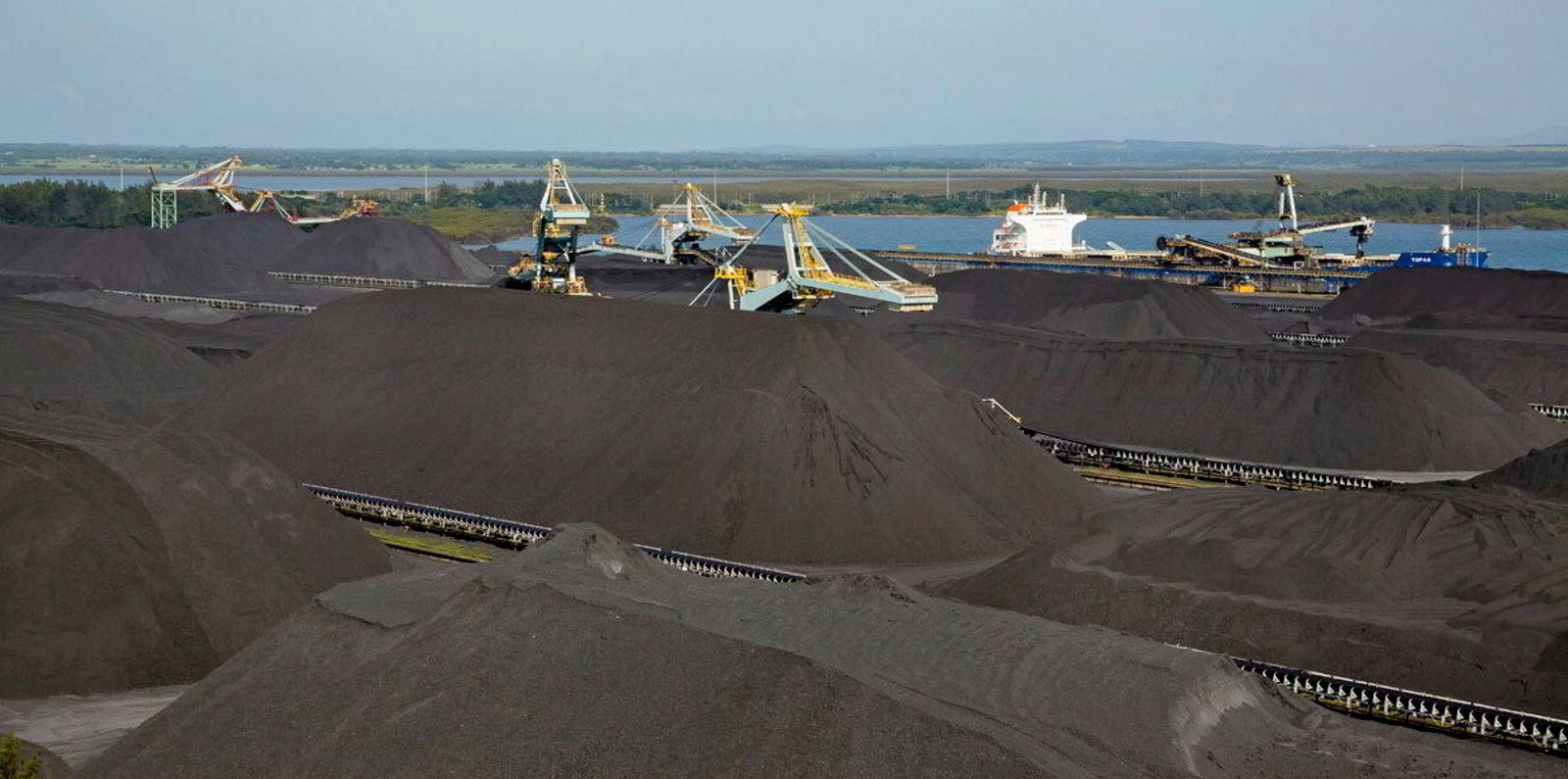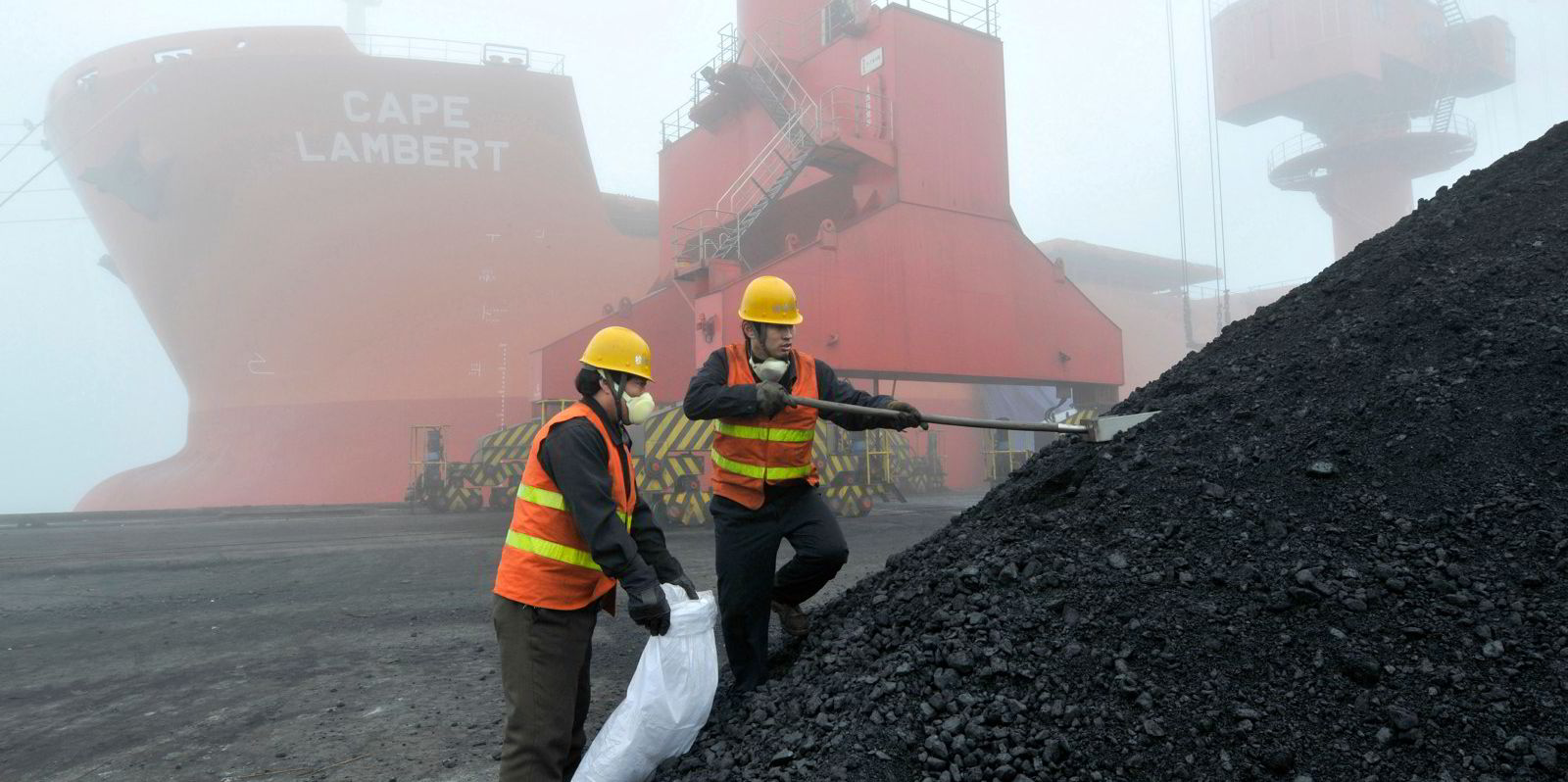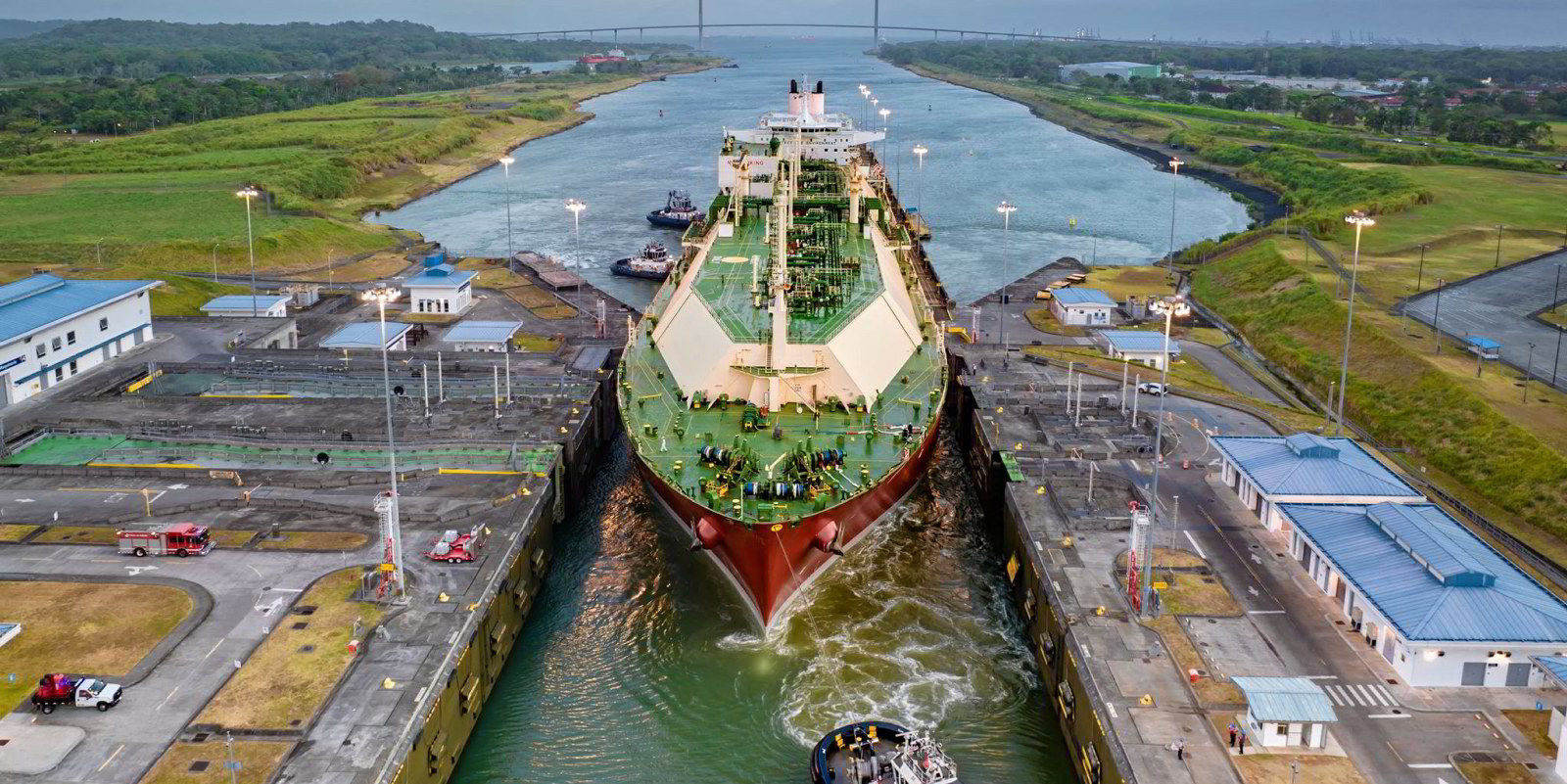China and India remained the top two importers of seaborne coal during the first six months of this year, but changing price dynamics and logistical challenges continue to buffet bulker trade flows.
Since Russia invaded Ukraine, coal trade flows have been subject to continual change, as buyers look for cheaper sources from reliable suppliers. Although Russian coal is not currently subject to US and European Union trade sanctions, many importers have eschewed supply from the country on moral grounds.
Logistical constraints have also reshaped the flows of seaborne coal. Queensland, a major production region of Australian coking coal, continues to suffer rail transport issues following heavy rains earlier this year. Rail issues in South Africa have pushed coal on to trucks on congested roads.
But in bulker trades, tonne-miles are what it is all about. This has worked to the benefit of shipowners as commodity prices have eased and Europe has found it possible to step away from its historic reliance on Russian coal, turning to more distant suppliers to satisfy its import needs for coal-fired power stations.
Colombia has become proportionally the largest supplier of thermal coal to the European continent and Baltic region, with 1.3m tonnes loaded during the month of July, according to bulker tracking data from Oceanbolt. This accounted for just over 81% of all thermal coal loaded for seaborne export to the region last month and has primarily been carried on capesizes.
The big ships have offered value for money, given that capesize spot rates in July 2023 were roughly half of what they have averaged that month over the past five years.
Whereas Australian thermal coal accounted for as much as 25% of monthly supply to Europe during the final half of 2022, this year volumes making their way west of Suez have been minimal.
While Europe is importing coal on big ships from further away, China — the commodity’s all-important driver of demand — is loading the fuel mainly on panamax and supramax bulkers from sources that are closer to home.
Data from the International Energy Agency shows that Chinese coal imports nearly doubled during the first half of 2023.

Indonesia remains China’s biggest supplier in terms of both volumes — 8.1m tonnes in July — and tonne-mile demand for bulkers, mainly panamaxes.
Australian thermal coal volumes to China have edged up this year to date and last month totalled 2.8m tonnes, according to Oceanbolt loading data. Panamax volumes have remained steady, but an increasing number of cargoes have been carried on cheaply priced capesizes.
June was the strongest month for Aussie thermal coal exports in almost two years, at 18.6m tonnes, and the second-highest month since 2019, according to data from the Australian Bureau of Statistics. Braemar said AXS ship-tracking data for July shows a similarly strong month for Australian exports of the commodity.
“Monthly volumes carried on capes have risen from an average of 5.6m tonnes in 2022 and 5.9m tonnes in [the first quarter] 2023 to 8.4m tonnes in June and 9.1m tonnes in July,” Braemar said in its analysis.
However, Australian thermal coal has faced logistical issues in Queensland and China is a relatively minor importer of the commodity. In India, domestic coal production has constrained import demand. Mongolia and Russia have become big suppliers to China in the meantime.
Research by Xclusive Shipbrokers pointed to the fact that torrential rains in China have reduced power consumption as factories are forced to close and lower temperatures have cut the need for electricity demand for air conditioning. The broker said these factors could have an impact on China’s coal imports going forward.
As well as the logistical constraints for coal supply chains in Australia and South Africa, there are headaches at sea too. Low water levels in the Panama Canal could result in delays and more days at sea for bulk carriers, according to a report by Xclusive Shipbrokers.
“[The] Panama Canal’s measure implementation of reducing the daily transit capacity to an average of 32 oceangoing vessels per day, around eight vessels per day less than canal’s peak performance, may be also a headache for the coal market,” the Greek broker said in its report.
“According to coal market sources, coal ships divert their usual route away from the Panama Canal as a result of rising vessel traffic delays.”
Ships are currently waiting up to 20 days to cross the canal from the Pacific to the Atlantic, with queues only slightly shorter in the opposite direction.
China released official data on Wednesday that showed its economy deflated in July, which will likely escalate demands for more government stimulus.
Consumer prices declined last month for the first time since early 2021 as consumption stumbled. The producer price index also fell by 4.4% last month as the price of manufactured goods declined.
Latest trade data released this week shows a slowdown on both a year-on-year basis and when compared with levels four years ago.
China’s exports fell for a third straight month in July, thanks to weaker global demand, while imports plunged 12.4%.
“With exports facing stronger headwinds from overseas and given the surging youth unemployment rate, the key is to digest manufacturing output at home in order to keep the machines humming and save jobs,” Evercore’s lead China analyst Neo Wang said in a report on Tuesday.
“Imports weakened even further. Beside the mainstream explanation blaming softer domestic and exports demand, we also suspect Beijing lately has been prioritising products made or with much of the supply chain in China, regardless of being Chinese or foreign brands. The goal should be the same, simply to save/create more manufacturing jobs at home.”
Without being able to affect overseas demand, the slowdown means Beijing needs to try harder to stimulate domestic consumption of the goods it produces.
Meanwhile, demand for Chinese steel has weakened and prices have fallen over the past weeks, pressuring profit margins. Production curbs could soon be effected at many of the country’s mills.
Analysis by DNB Bank on Tuesday described Chinese steel and iron ore markets as “a long-term bullish picture”, presumably on the basis that surely things cannot realistically get much worse.
Steel mill inventories dropped just over 1m tonnes last week — an all-time low — and port inventories dropped another 1.5m tonnes, according to DNB.






